Fashion
The crave for hourglass shape: How did we get here?

Ideals of Womanhood
Since time immemorial, womanhood, has been a subject of intense interest and debate. From both the women themselves, and men.
Across cultures and eras, there’s an ideal womanhood that has been pursued, yet never reached.
One thing that’s worth noting is that the quest to get in shape is NOT a modern drive. It has ancient roots. Let’s have a cursory glance into the past.
Corset and the Woman
Today, corsets are flexible, tools made from body-friendly materials, making it possible to be worn all day. But corsets have not always been so flexible.
Back in those days, hundreds of years ago, corsets were rugged and stiff. And they were made for the upper class women. Only they had the money and social space to wear corsets.
In those days, these women wore corsets to get the right shape for the pleasure of their husbands. These husbands were not ordinary men. They were emperors, emirs, kings, noble princes, distinguished gentlemen of the king’s court, etc. These were “somebodys”.
And there were disastrous side effects. A lot of these women had their ribs destroyed by the corsets!
Our Time
With this background, we now know that the women of today haven’t probably gone far enough, especially given the fact that getting in shape today is inspired by several noble ideals such as becoming healthier – excess fat in the body can facilitate the onset or worsening of cardio diseases such as hypertension.
The Fuss
So what’s the fuss all about? Where from the aggressive opposition to today’s women’s effort to get in shape?
Well, there are legitimate concerns. In those days, hundreds of years ago, the women didn’t get in shape to flaunt it to the public. Neither did they use their desirable shapes as means of livelihood.
Those women, as indicated already, were honourable “ladies” who had already gained nobility of a sort. Their quest for getting in shape did not destroy the dignity and sanctity of womanhood like we see today.
What now?
Whereas the quest to get in shape shouldn’t be branded as “an unnecessary, worldly” vanity, the women too must learn how to seek their desirables without tainting the image of womanhood.
Source: gh.opera.news
Fashion
Sneakers: rainy season’s style essential

The rise in sneaker during the rains is not just about fashion, but also about necessity. Unlike sandals that leave feet exposed or leather shoes that easily soak, sneakers provide better protection against the unpredictable weather.
They keep feet dry, offer stronger grip on wet surfaces, and still allow wearers to express individuality through design and style.
The types of sneakers available today give wearers plenty of options to match both lifestyle and weather needs. Waterproof sneakers, crafted from weather-resistant materials, shield feet from the heaviest downpours.
Sneakers provide extra ankle coverage, making them perfect for wet and muddy areas. Lightweight canvas sneakers, when treated with water-resistant sprays, offer breathable comfort, while luxury designer sneakers bring a polished edge to rainy-day outfits.
Beyond variety, sneakers are versatile enough to be styled with almost anything. They pair effortlessly with jeans, casual dresses, skirts, and even semi-formal wear, proving that functionality does not have to cancel out fashion.
In a season where safety and comfort are just as important as appearance, sneakers strike the perfect balance.
For today’s fashion-conscious individual, sneakers are more than footwear; they are the rainy season’s ultimate companion, blending necessity with style in every stride.
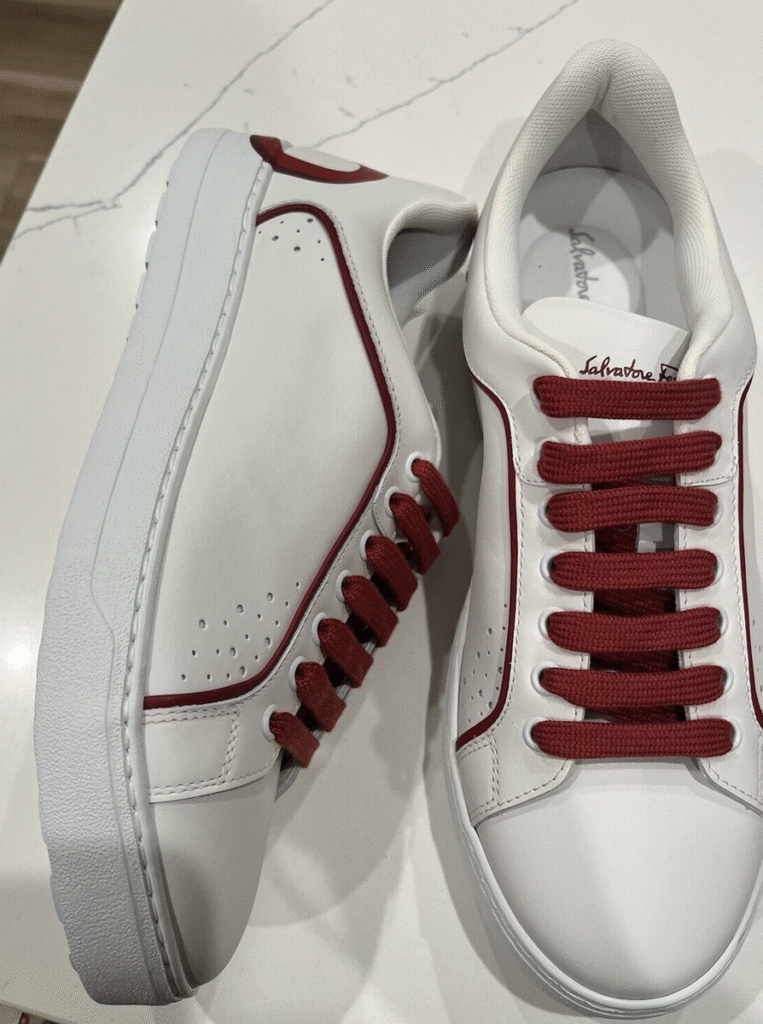

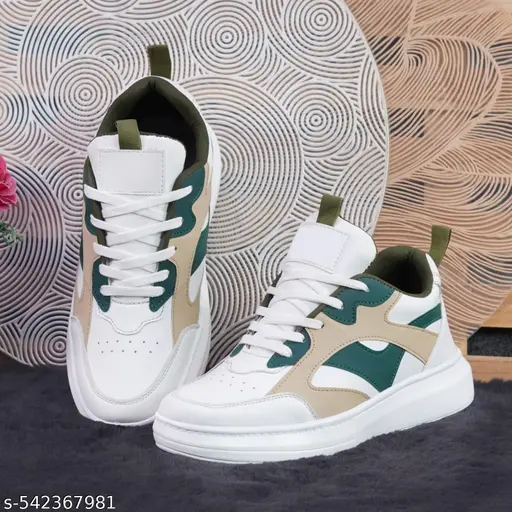




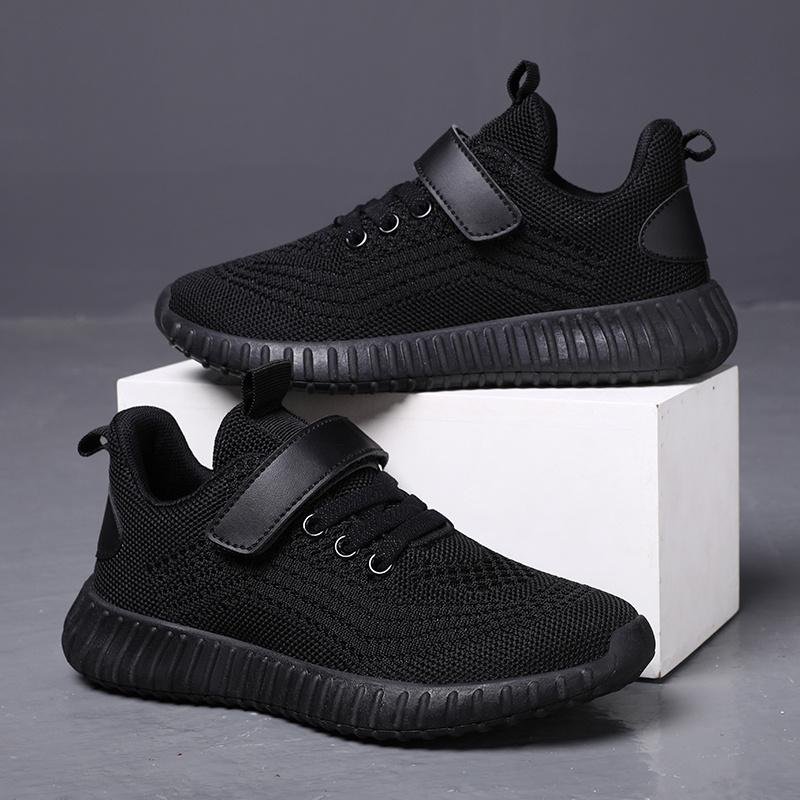
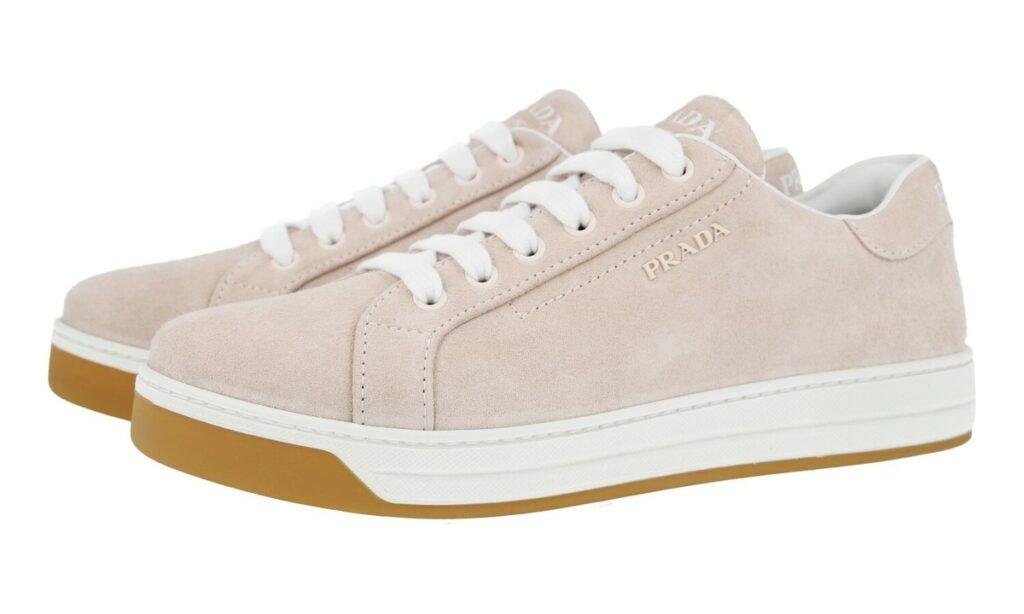

By: Georgina Boadiwaa Ntim
Fashion
ATU students turn on style at fashion show
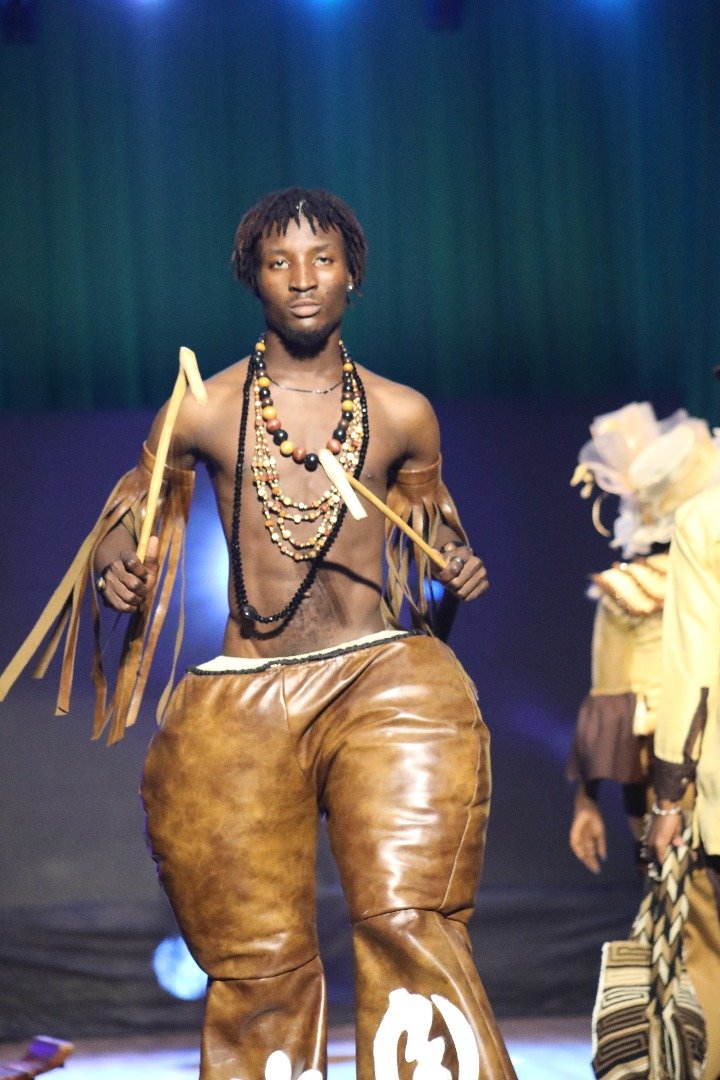
Elegance and style took centre stage as the final year students of the Department of Fashion and Textiles at the Accra Technical University (ATU) exhibited their designs at the National Theatre in Accra.
Amidst some soulful melodies, students cat-walked the runway with striking fusion of African prints, assorted fabrics drawing inspiration from themes like nature and cultural heritage.
Themed ‘Promoting African heritage: our pride, our passion’ the event saw 421 students showcasing not only a fulfilled academic requirement but also served as a platform to ignite creativity and innovation among students.
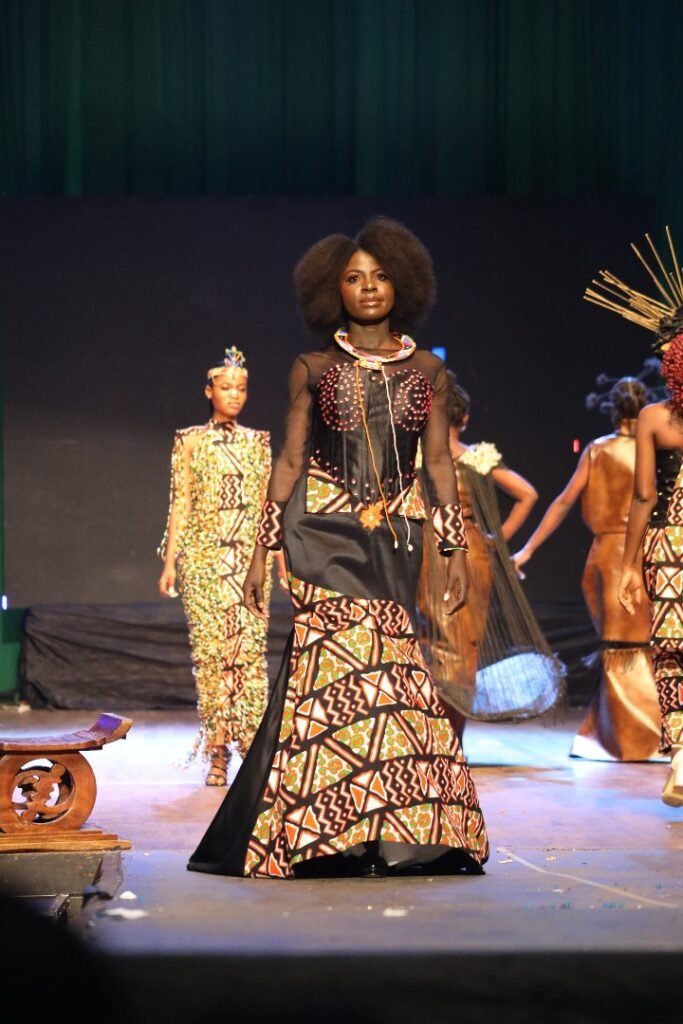
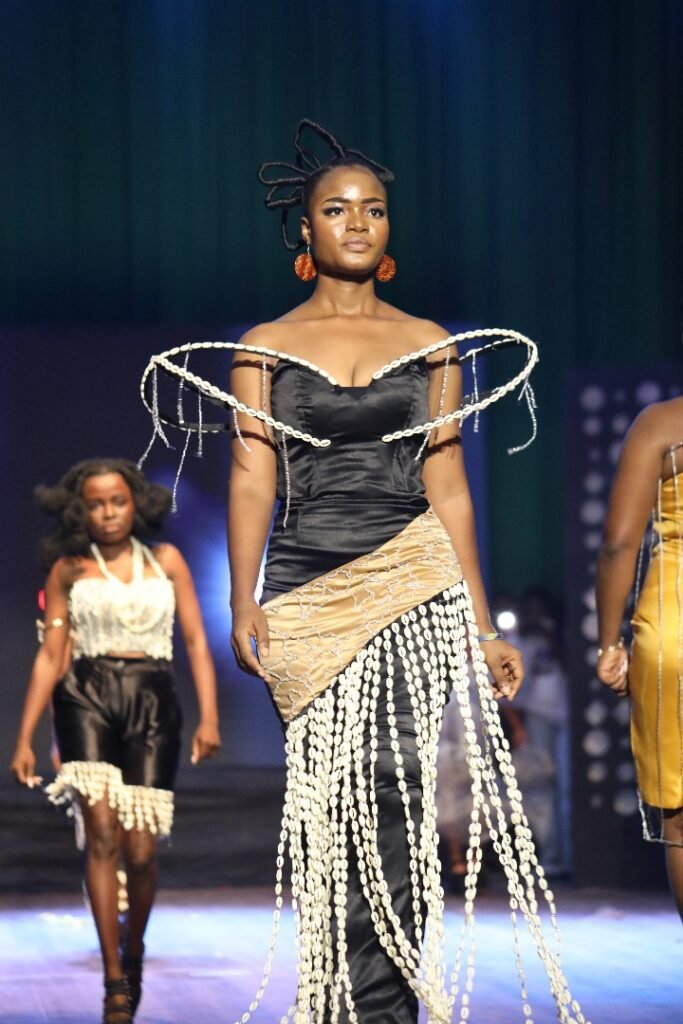
With a focus on encouraging budding designers to carve a niche for themselves, the event resonated with the spirit of originality.
Head of Department of Fashion and Textiles at ATU, Dr Emma Donkor, urged students to use fashion as a tool to tell their story in order to promote and preserve cultural identity.
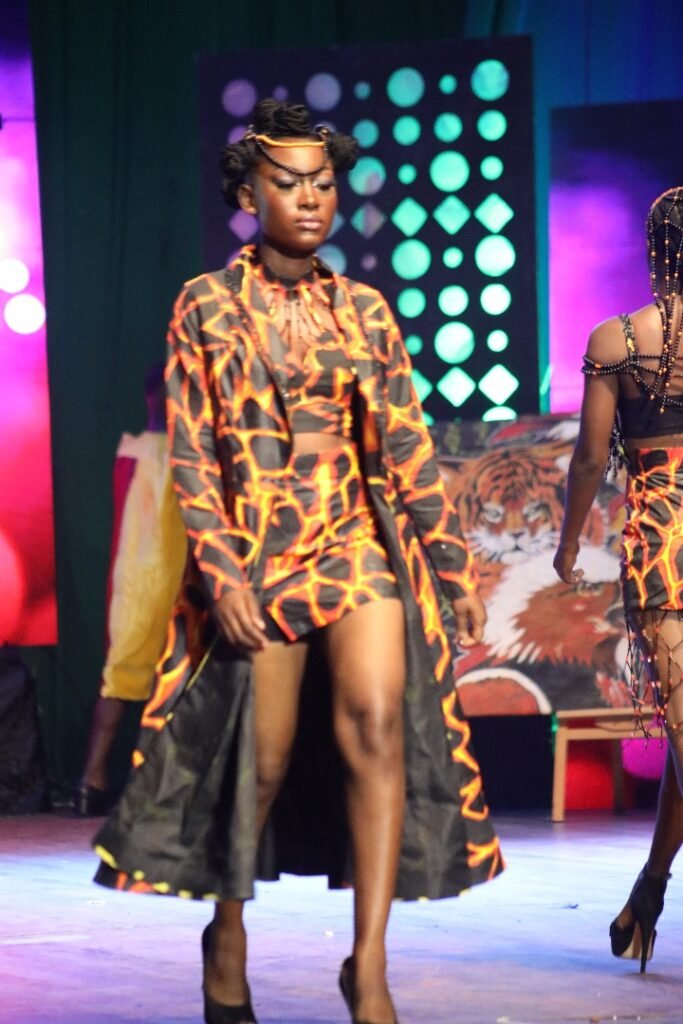
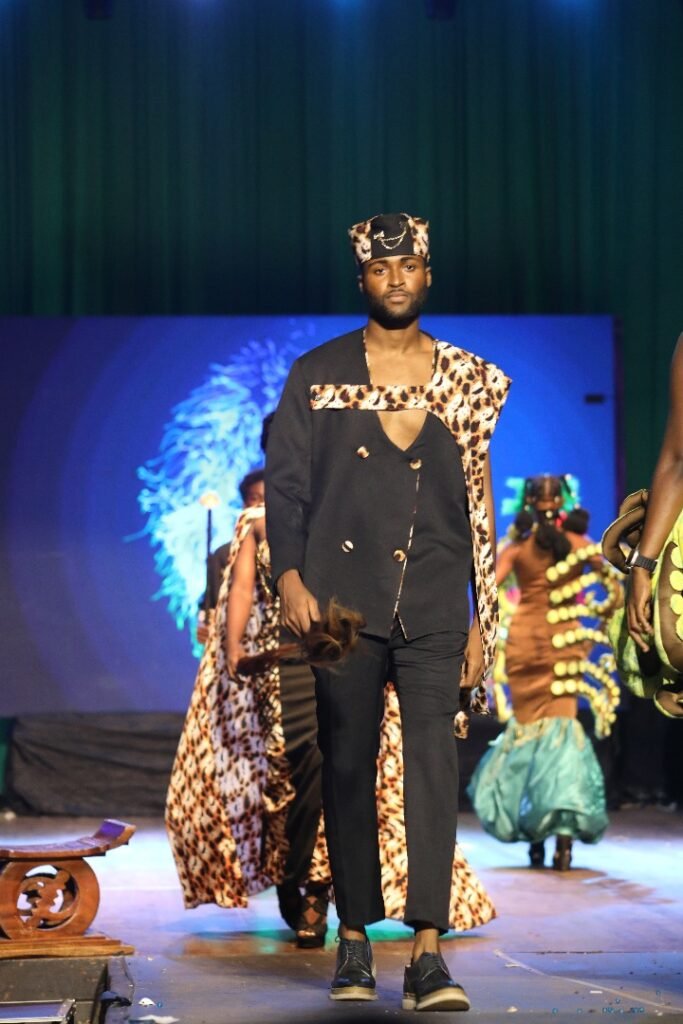

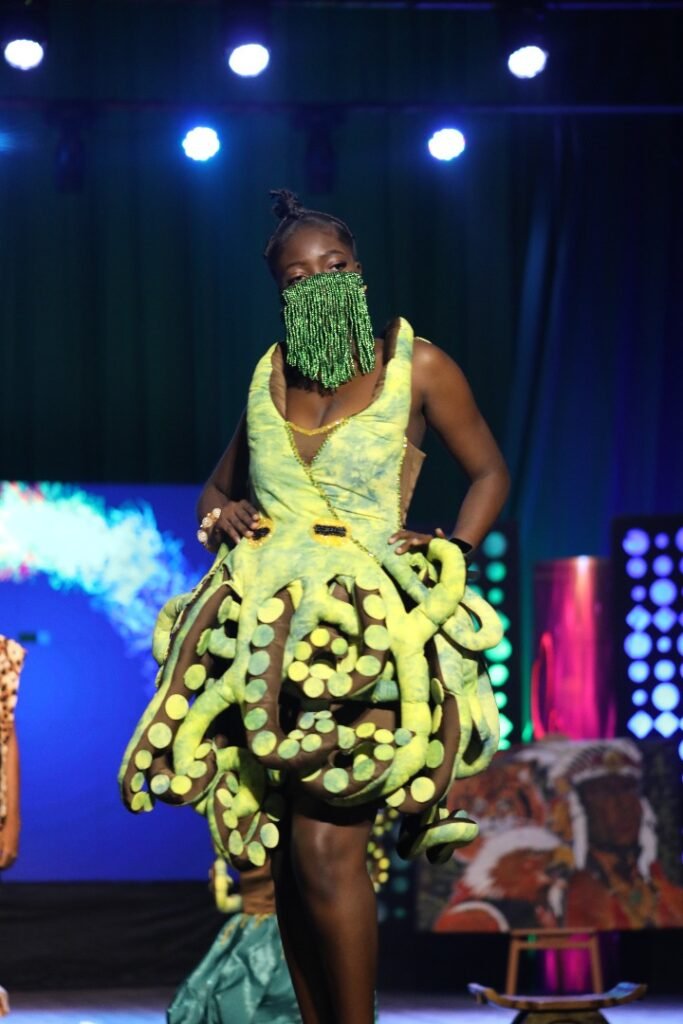


By Linda Abrefi Wadie






